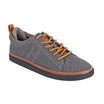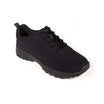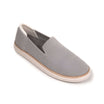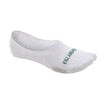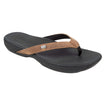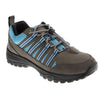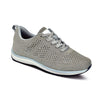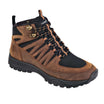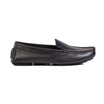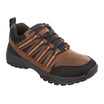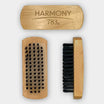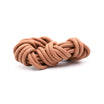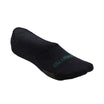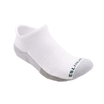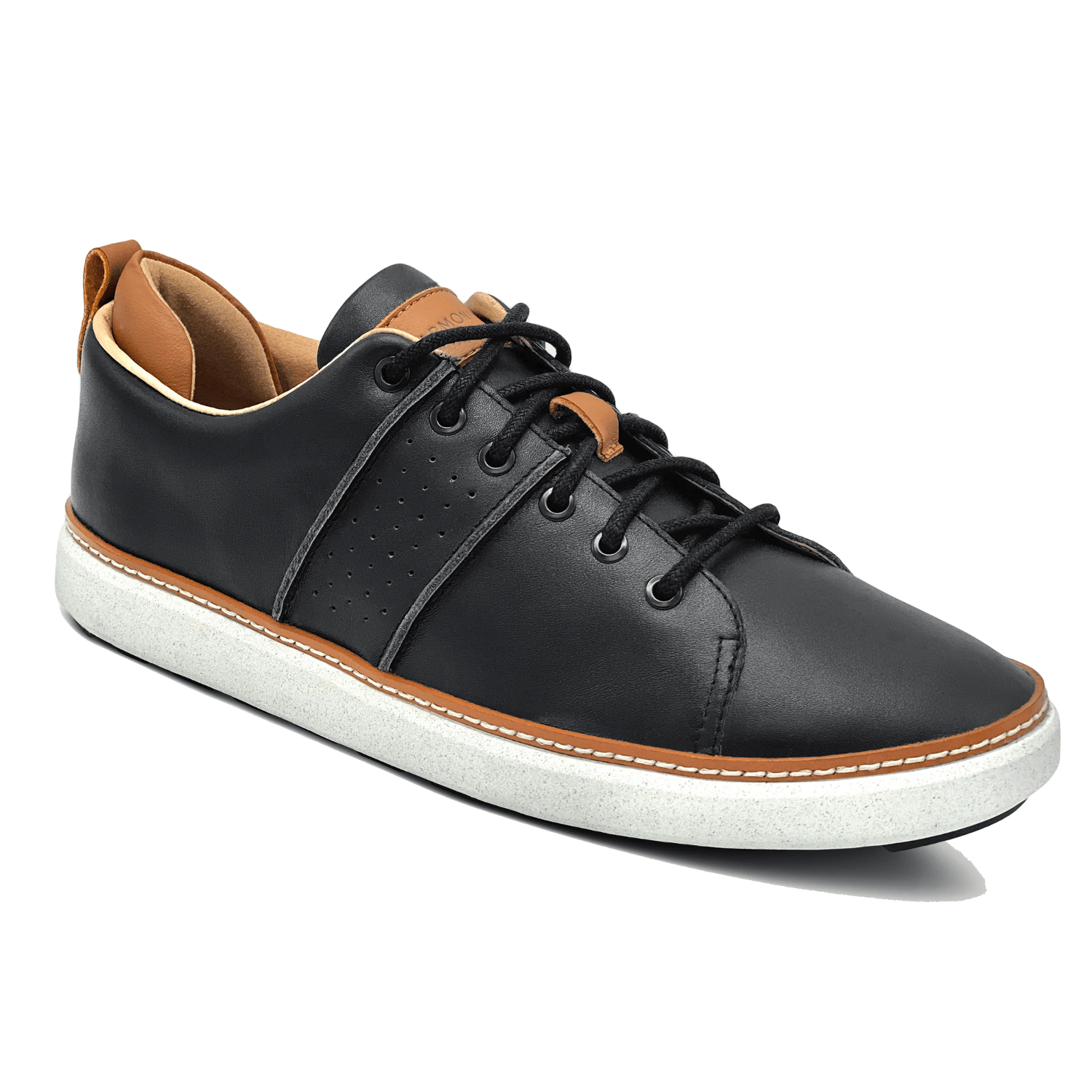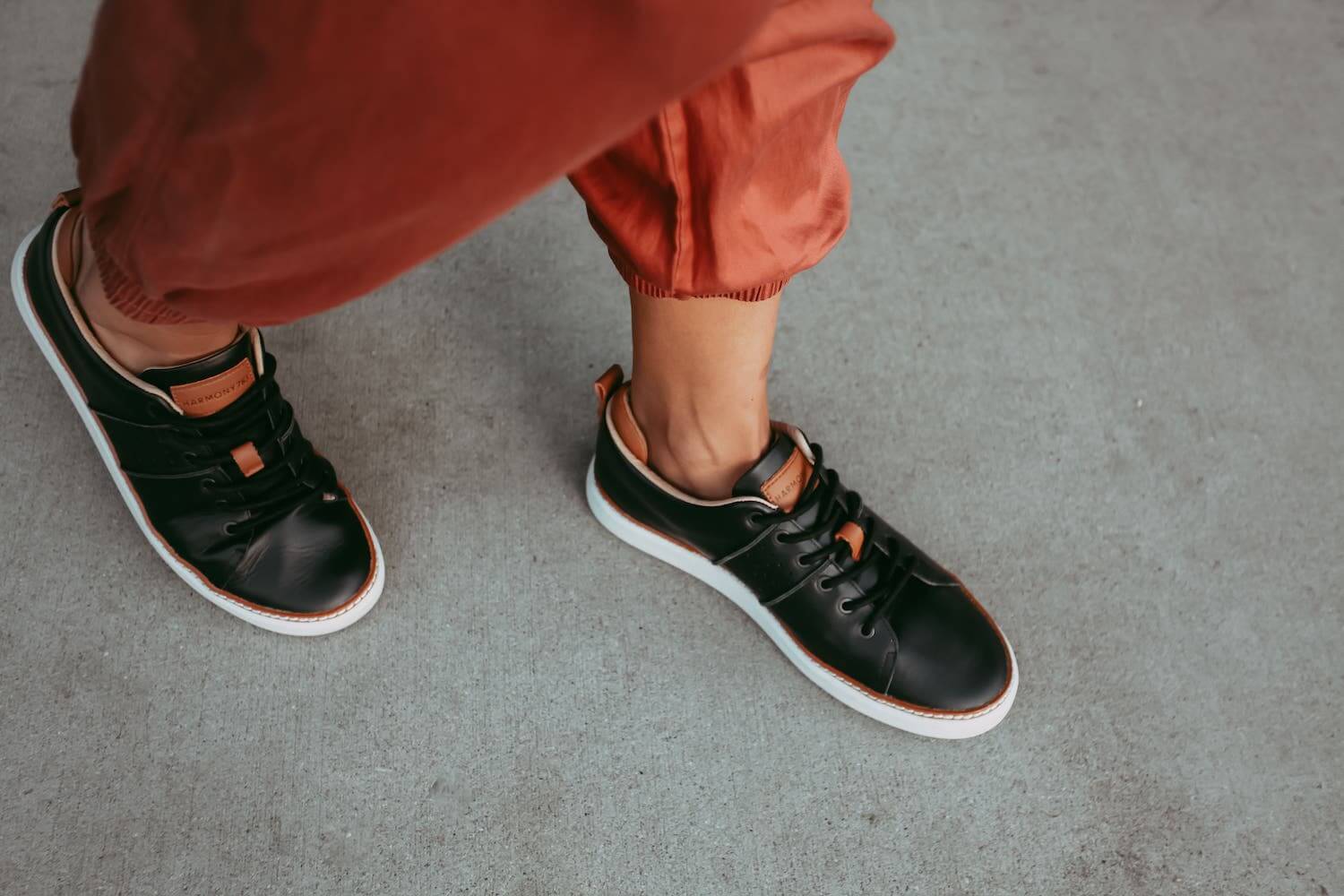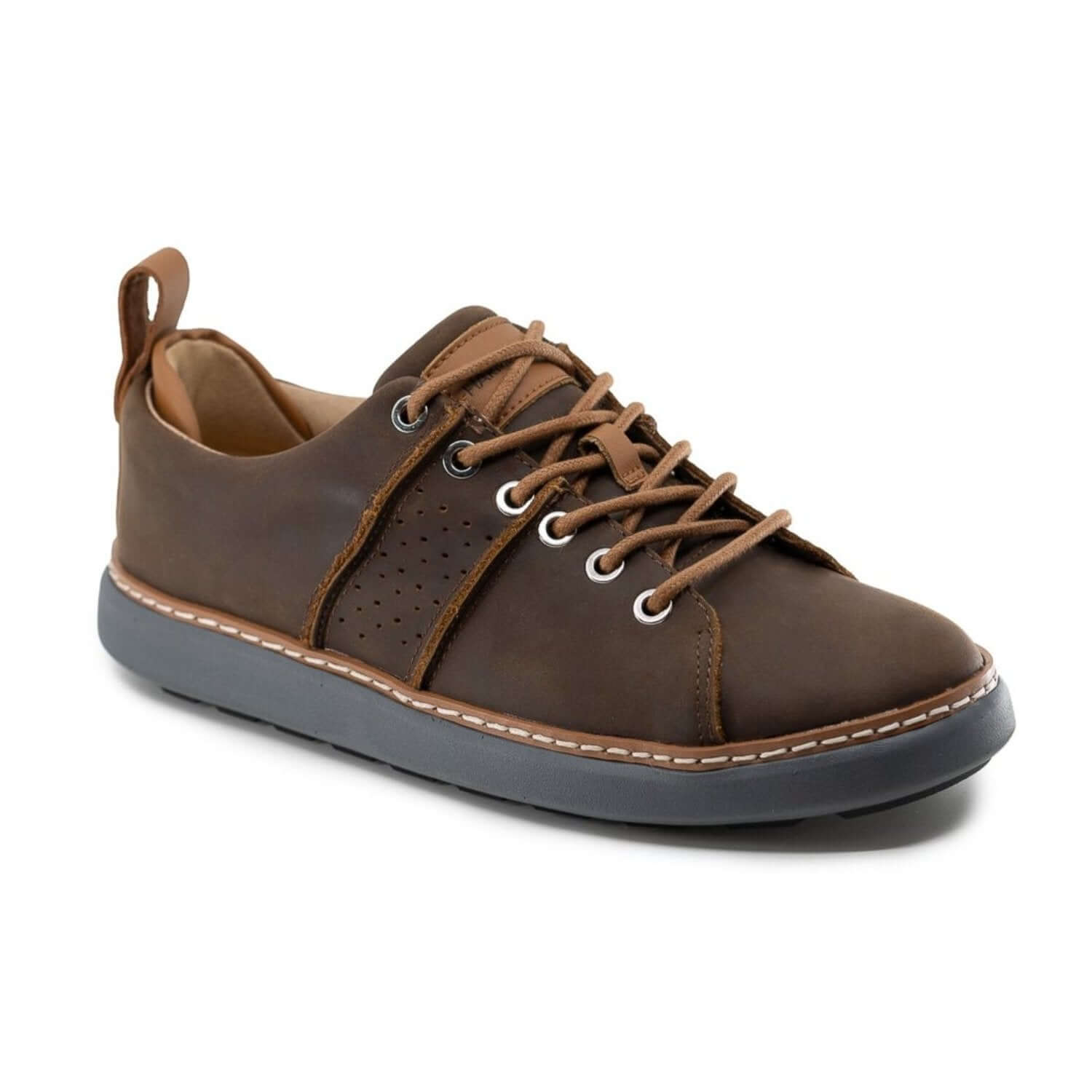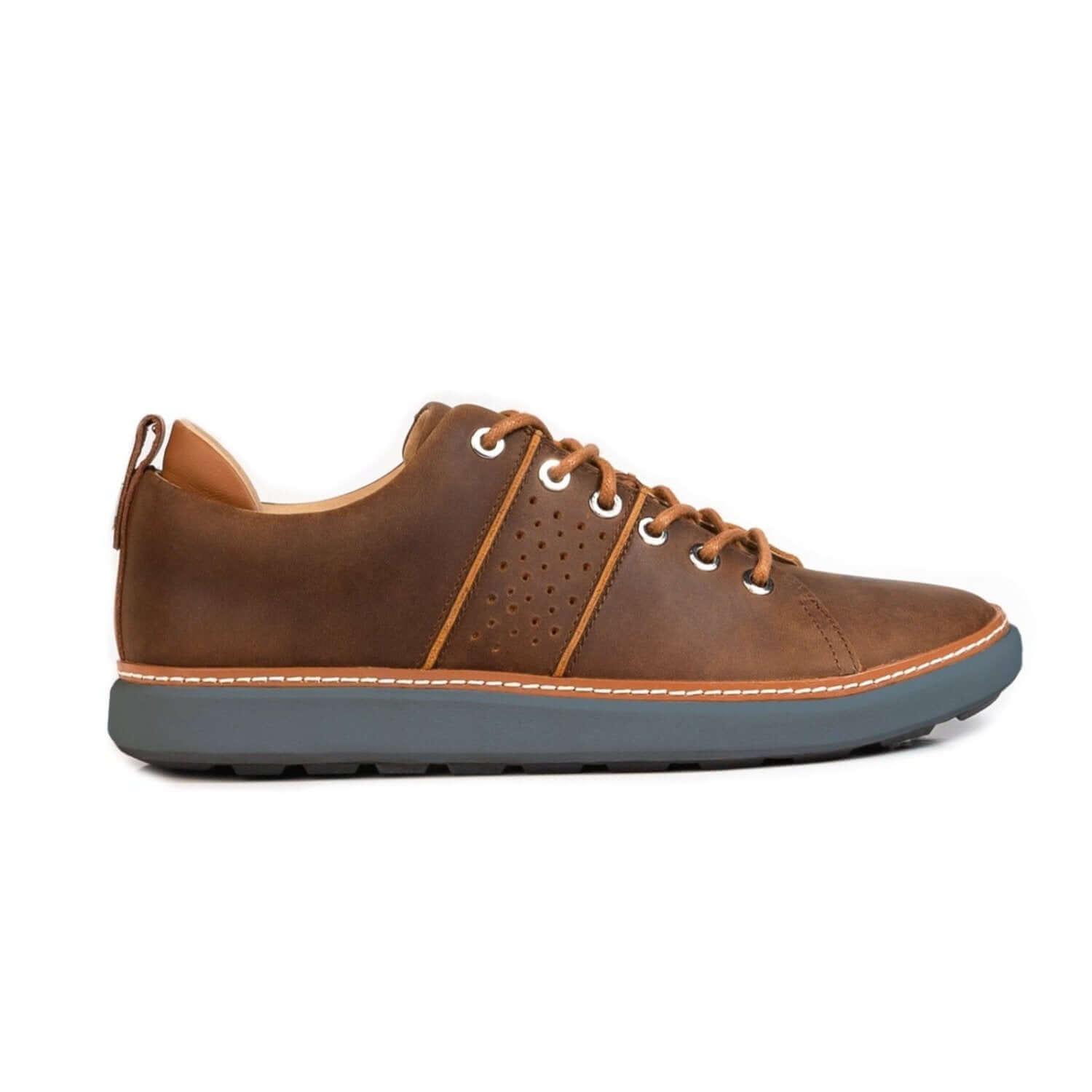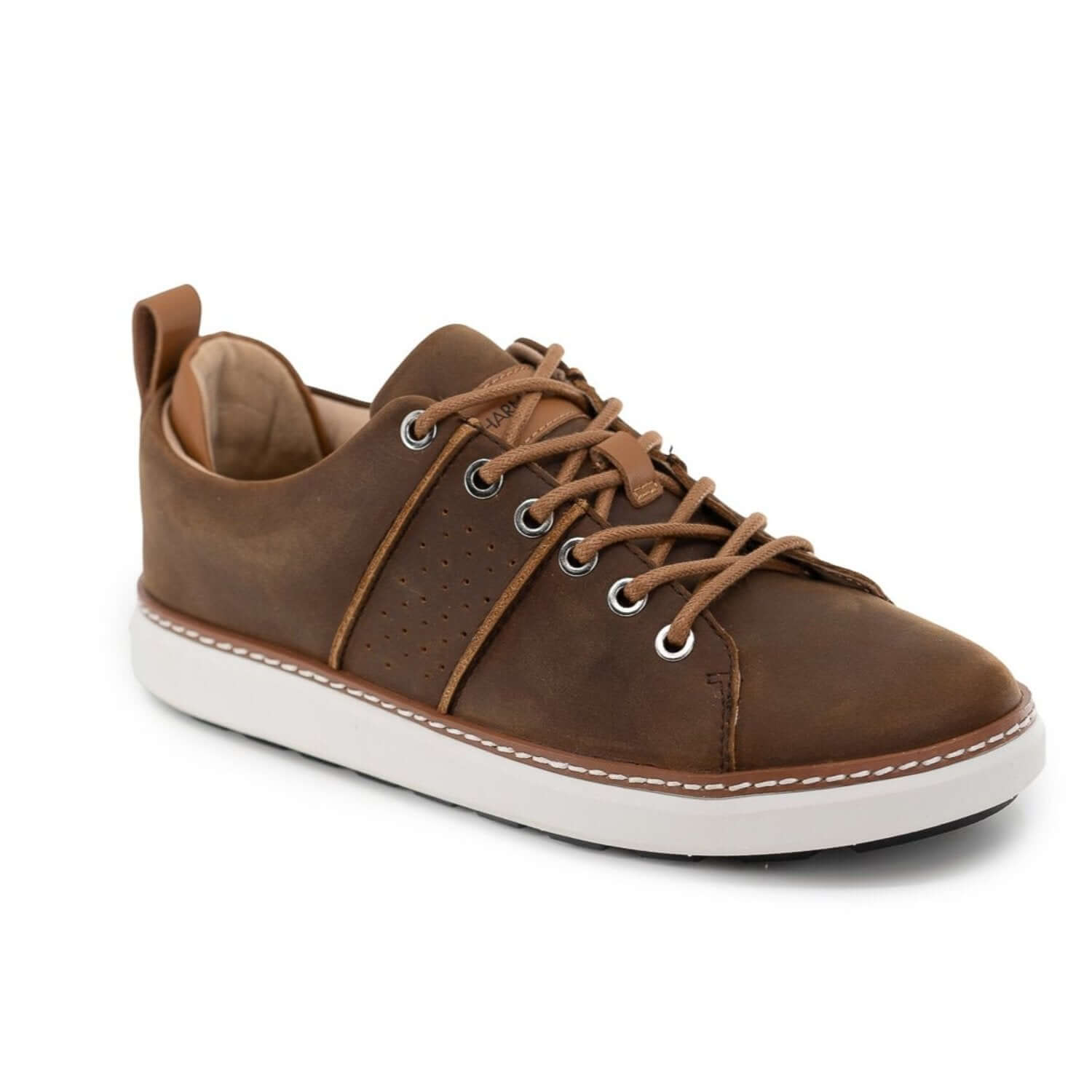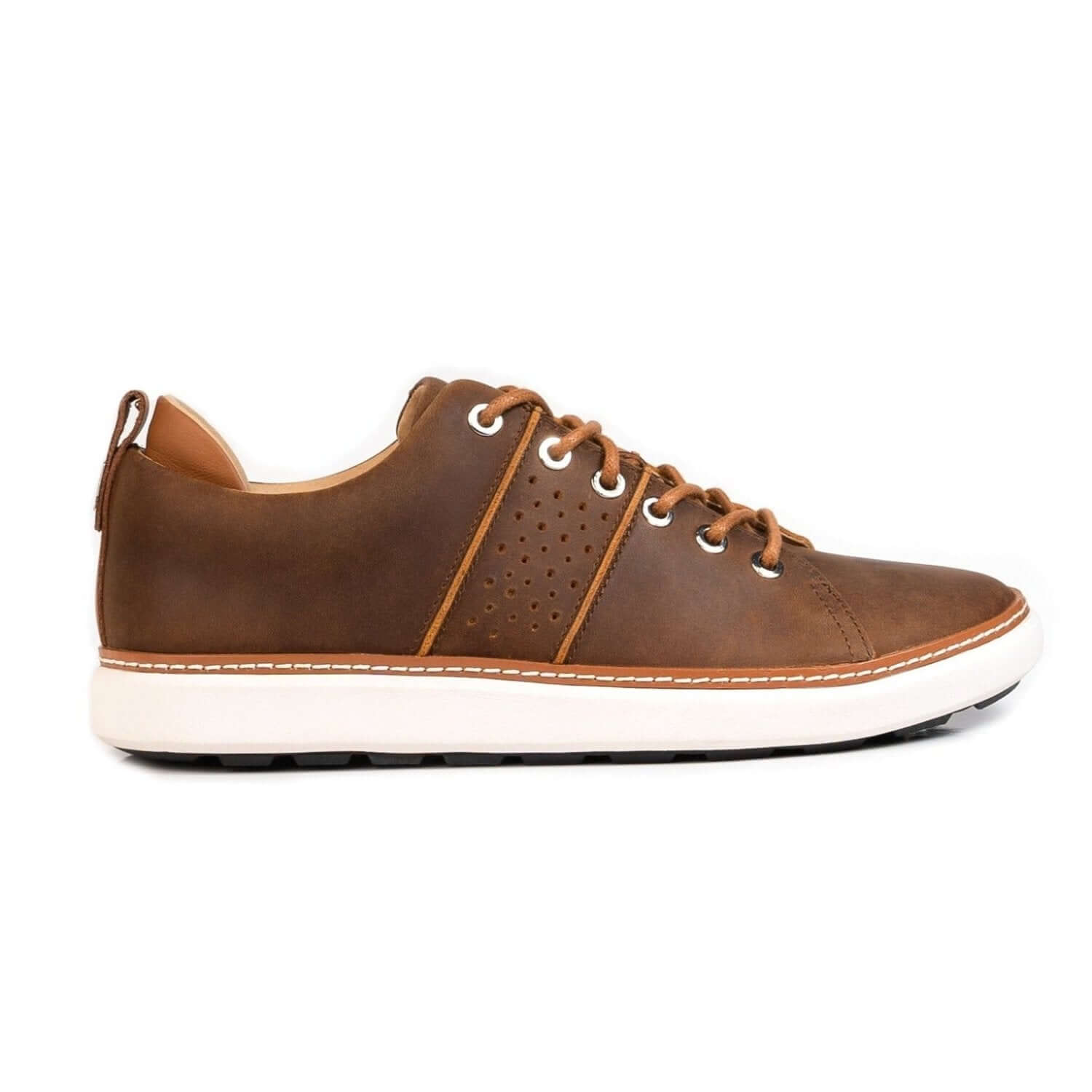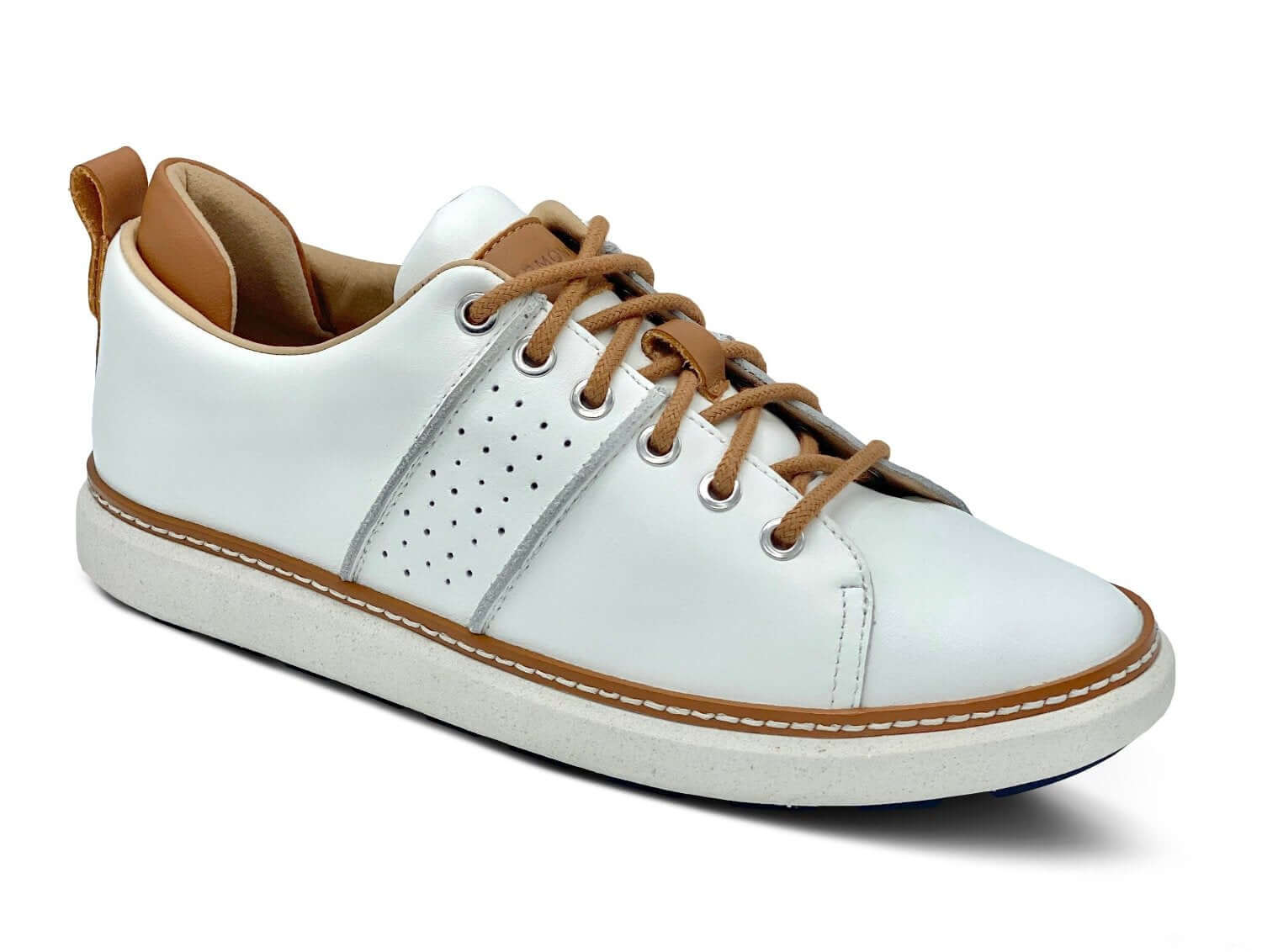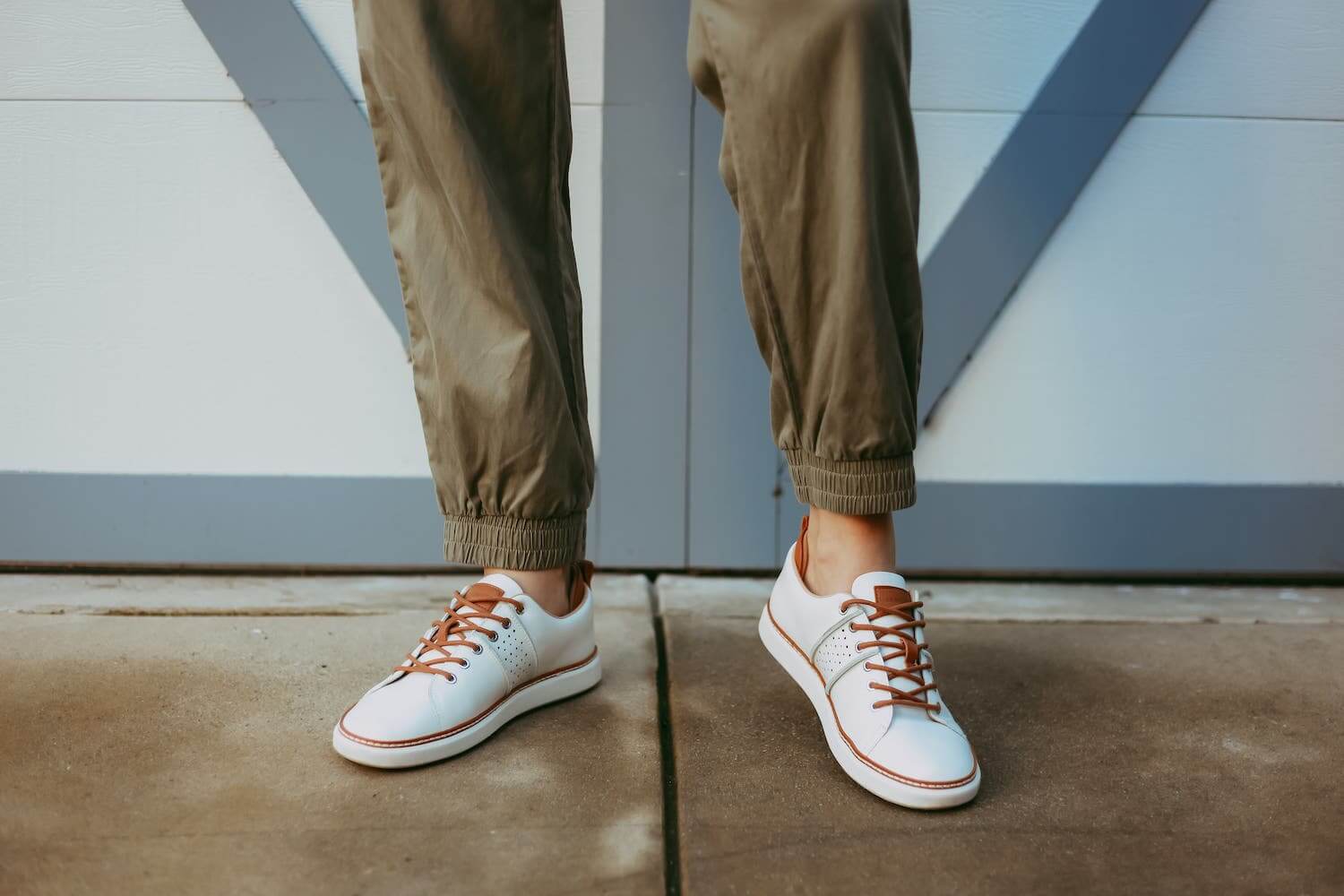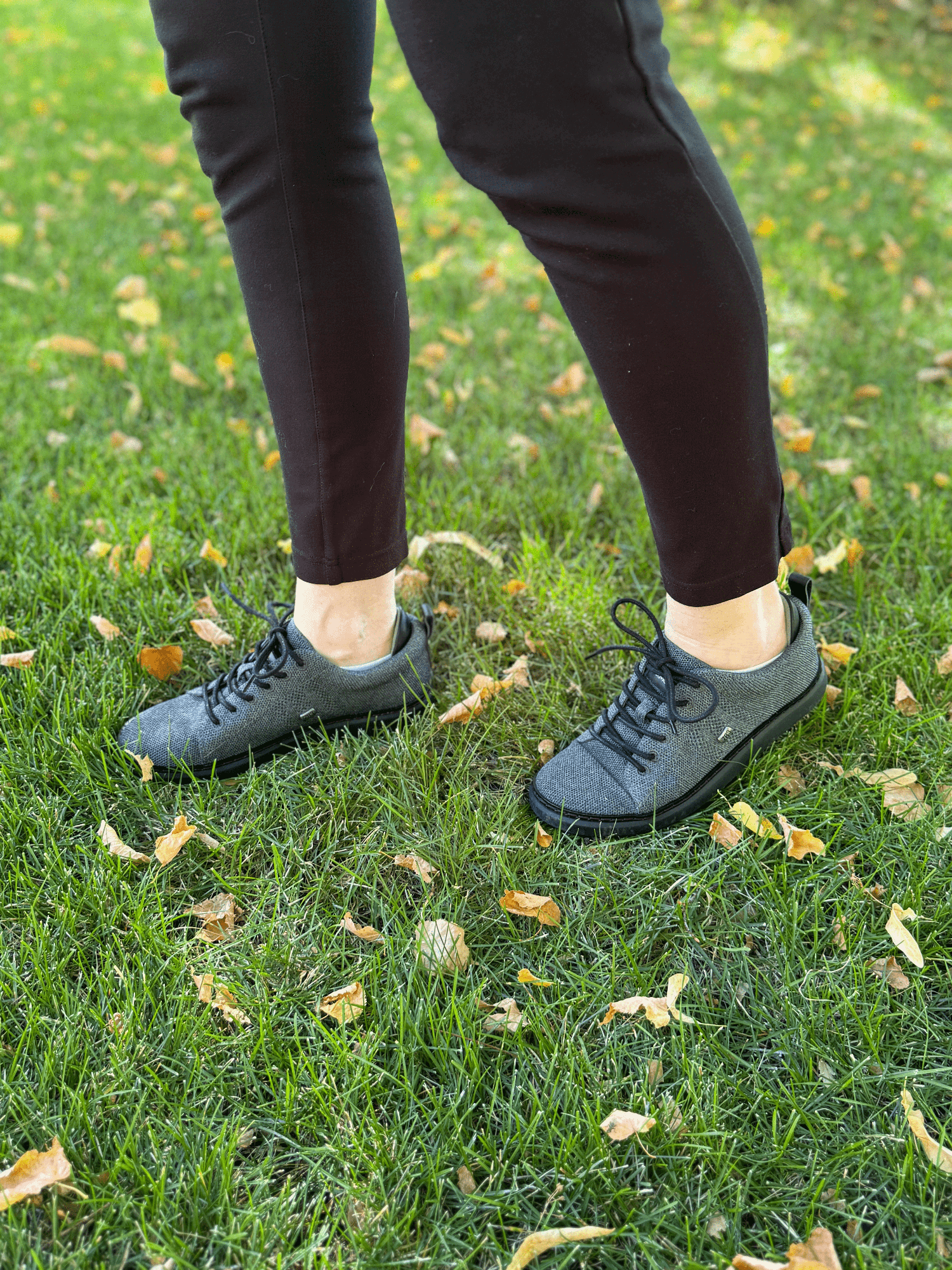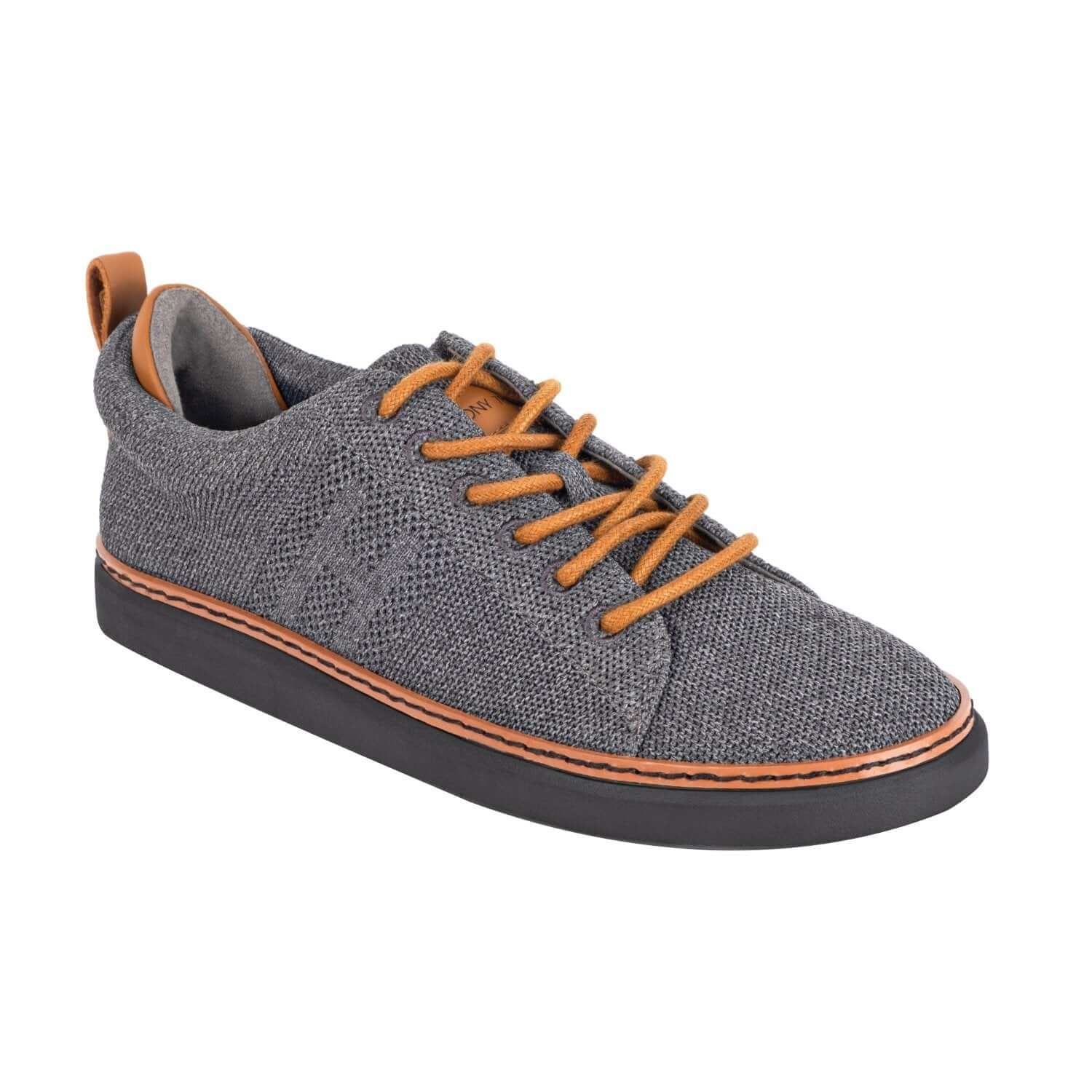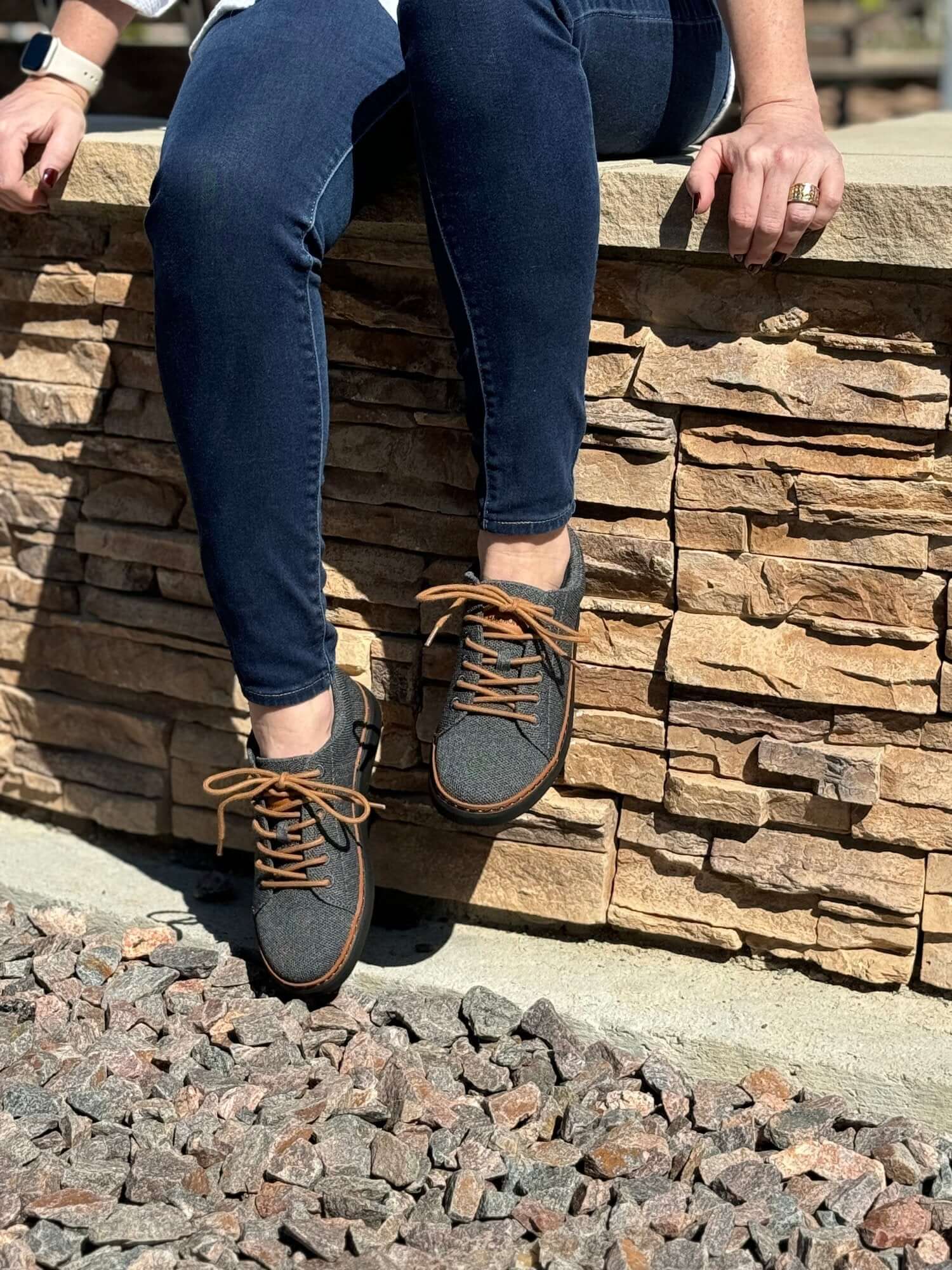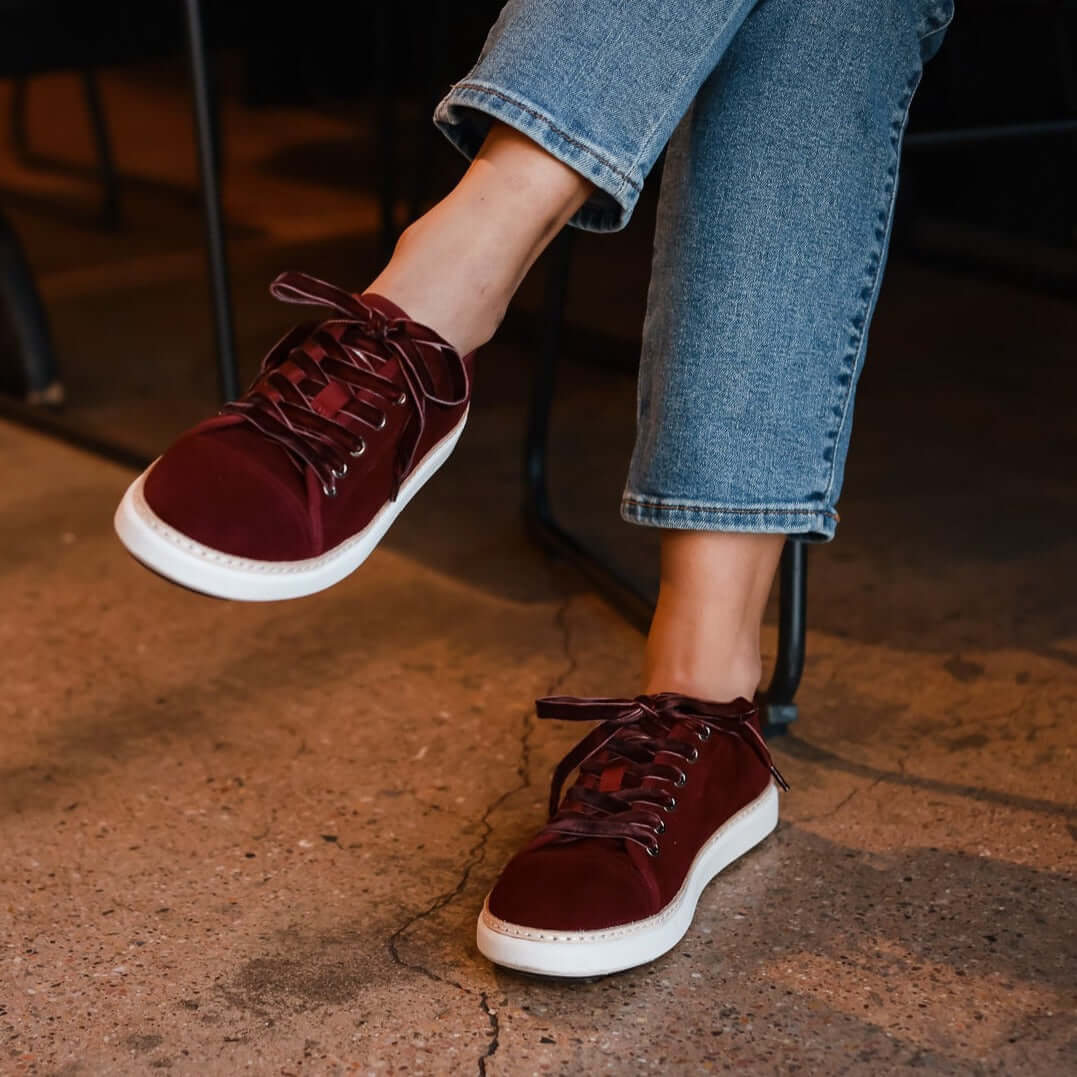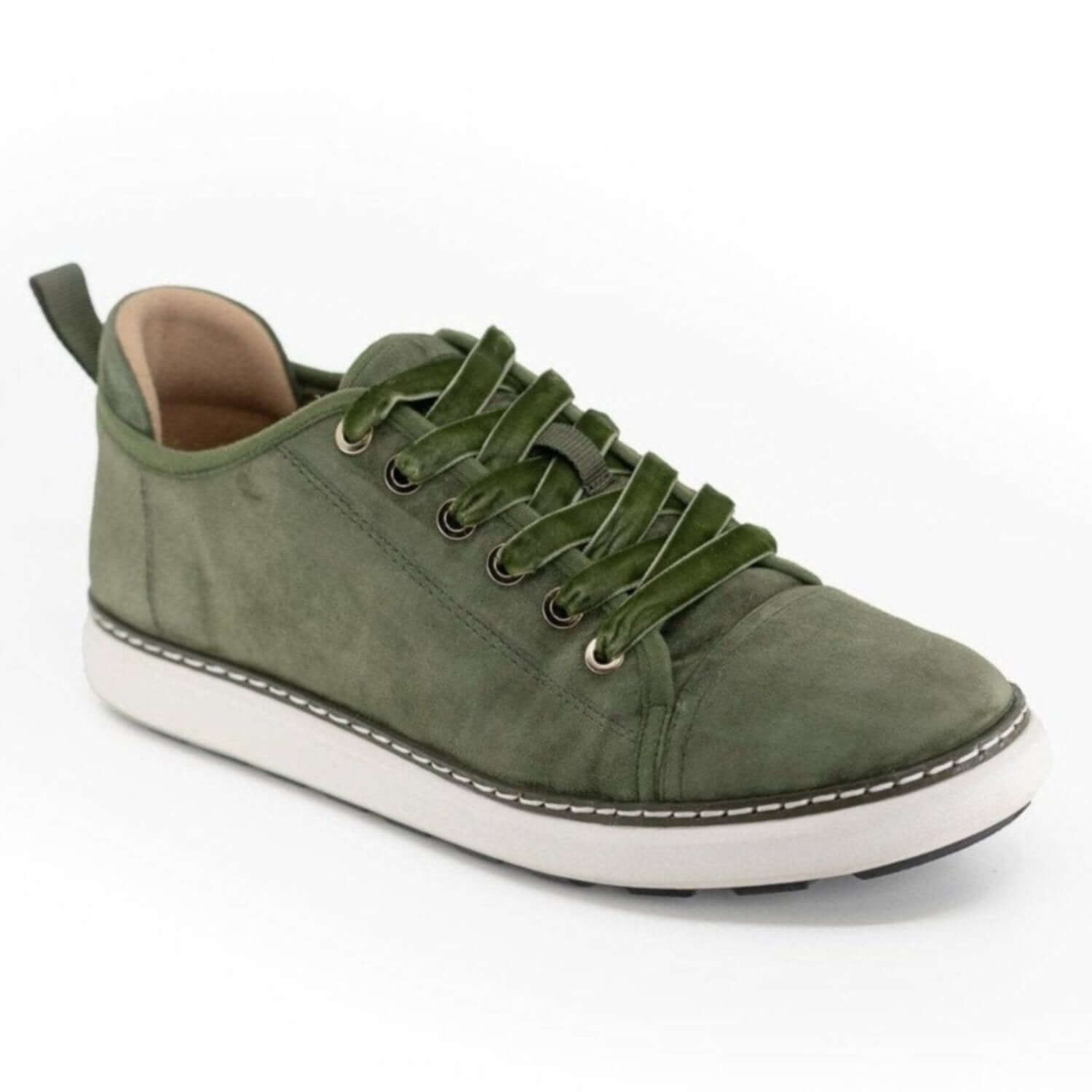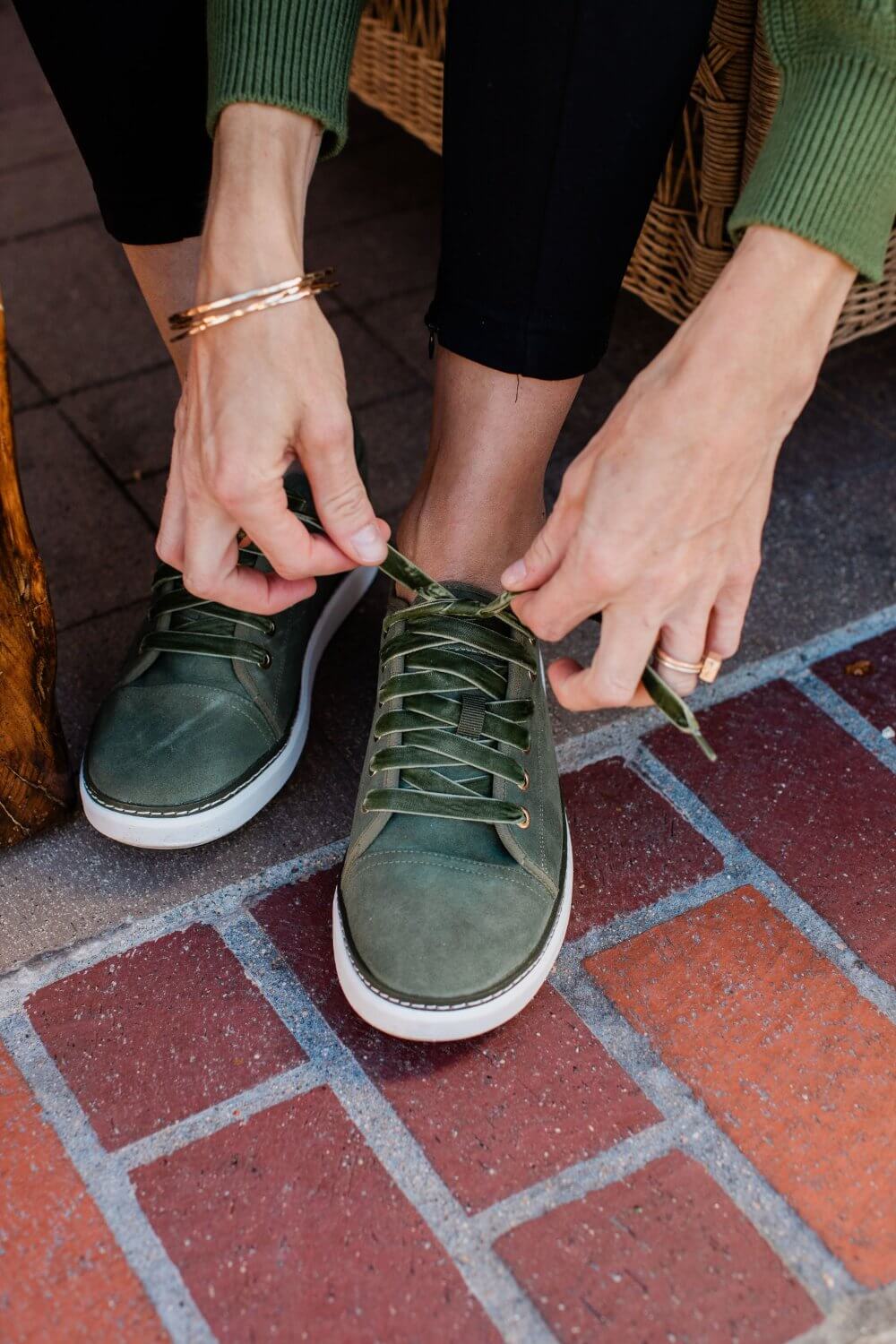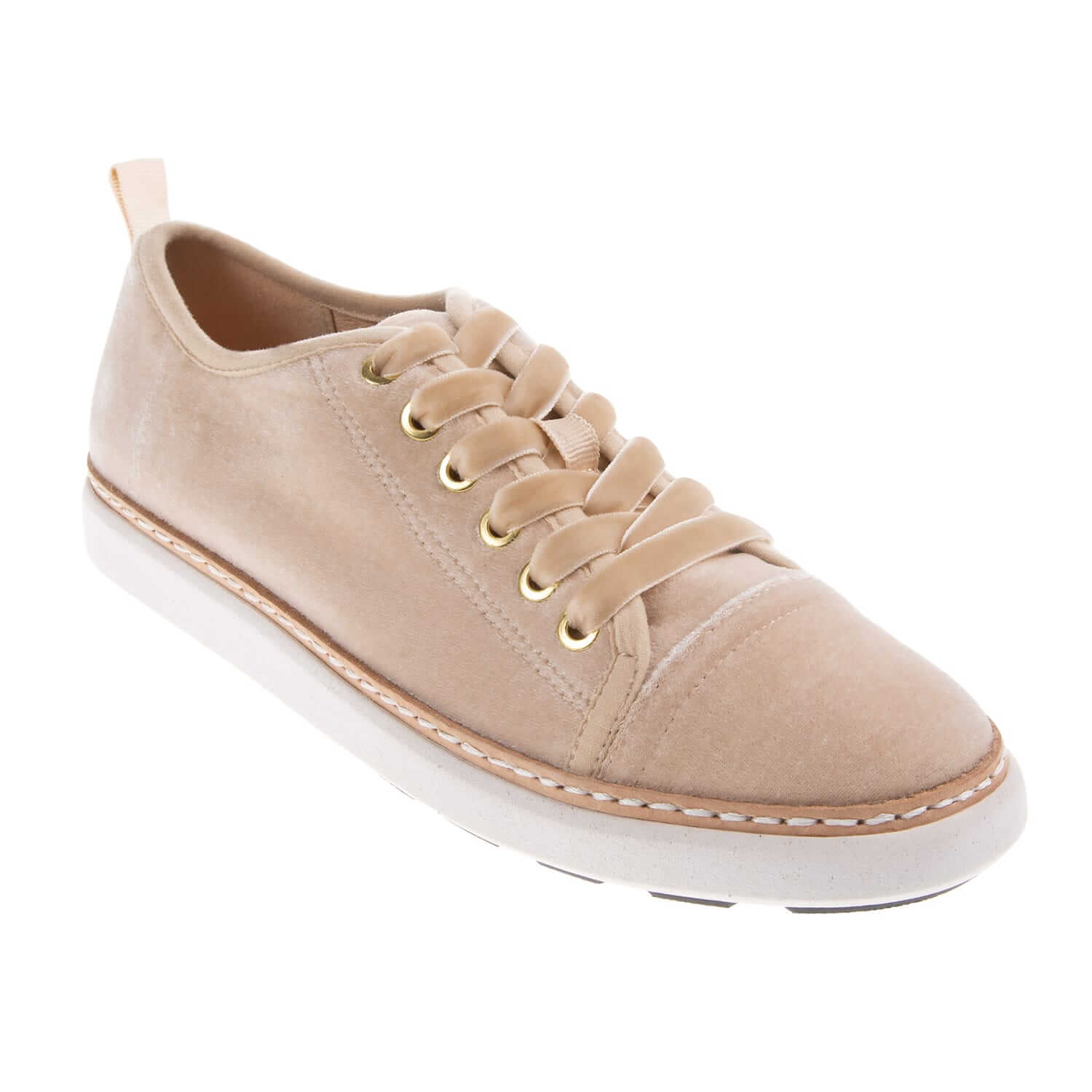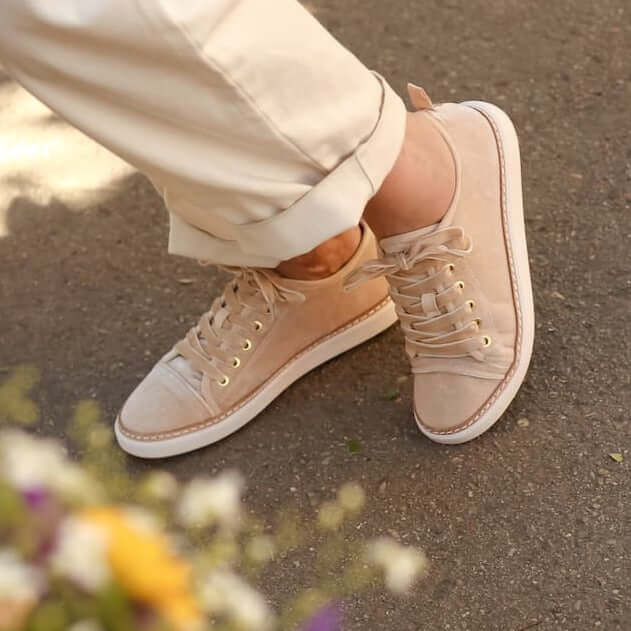Grounding, also known as earthing, is connecting with the earth through direct bodily contact. This allows us to absorb much of the earth’s natural energy and electrons stored within it.
Scientists continue to study grounding, and there is a growing body of evidence showing a long list of associated health benefits. Grounding is known to ease chronic pain, reduce inflammation, lessen anxiety, improve sleep, and boost one’s mood and energy levels.
The best way to harness the earth’s natural energy is to touch its surface directly. Generations ago, humans had more direct contact with the earth. People generally went barefoot or wore foot coverings with thin pure leather soles.
Over the years, however, we have put more distance between our bodies and the natural world – and a great deal as a result of contemporary and hi-tech footwear with synthetic soles.
Look at most store shelves or e-commerce sites and you’ll find a wide selection of rubber-soled footwear featuring synthetics. These create an insulating barrier and comprise us from being grounded.
Walking barefoot on soil, grass, or sand is still the easiest and the most direct and effective ways to receive the benefits of earthing. However, going barefoot is not practical as a way of life in this day and age; even if you live in warm climates year round. Grounding or earthing shoes are the next best thing.

What are grounding shoes?
Uniquely designed to serve as a conduit, grounding footwear enables the flow of electrons to one’s body from the ground up. A conductive rubber sole and special interior midsole construction allow people to connect with the earth’s electromagnetic properties merely by walking.
More specifically, HARMONY783 footwear utilizes a proprietary Groundworks™ technology, featuring fully conductive carbon and rubber outsoles, biomechanically engineered for comfort and support with a pure silver layered through the midsoles and up into microfiber footbeds.
Many styles also feature bio-friendly algae-based EVA by BLOOM, leaders in the arena of bio friendly materials, in the midsoles.
Unlike other brands that do not feature a wide selection of styles, HARMONY783 grounding shoes are available in many comfortable and fashionable collections, including classic walkers, ballet flats, casual loafers, athleisure joggers, and flip flops.
Grounding has never been this stylish or as easy. By merely taking a step on the ground, one is doing great things for their body.

What to look for in a grounding shoe.
From the styles to materials used, there are many differences between grounding shoes offered and regular footwear. Below are a few things to consider when shopping for grounding shoes:
- Comfort: Shoe fit and comfort are always a priority. Grounding shoes must be comfortable and fit appropriately.
- Simple design: Some grounding shoes have a minimalist look and feel to them to maximize the connection to the earth’s surface. They may look like moccasins, made of natural materials like leather or strappy sandals with a thin sole.
- Toe box movement: When your toes have greater freedom of movement, it creates a better distribution of weight, balance, and overall stability in the knees and ankles.
- Sufficient grounding area: Your grounding shoe style should come equipped with both the conductivity elements necessary to connect with the earth and enough surface area to harness its energy. And this connecting point needs to be strategically placed to enable the maximum benefit. The metatarsal area (the ball of the foot) is the most sensitive area for conductivity through the feet.
What surfaces provide grounding?
You can tap into the earth’s energy by touching any natural, non-chemically treated surface. A few examples include:
- Soil
- Grass
- Sand
- Water (such as swimming in an ocean, stream, or lake)
- Gravel
- Concrete (unsealed)
- Brick (unsealed)
You want to touch the earth with as little a barrier between your body and the ground as possible.
Green spaces treated with chemical pesticides, chlorinated pool water, and sealed concrete would not be appropriate surfaces for grounding. Nor would asphalt, wood, and other nonporous surfaces, as they have poor conductivity. Most of all, grounding near high cell towers, is not recommended.
Should I wear socks in my grounding shoes?
The feet are the most electrically conductive part of the body. Therefore, it is best to minimize any obstruction between your body and the earth’s surface.
Wearing socks with grounding shoes is certainly OK. However, socks made from natural fibers are recommended, The best choice is to wear “grounding” socks, with grounding shoes, which will enhance grounding.
Are there special grounding socks?
Grounding socks are a new footwear option and feature many of the same conductivity elements as grounding shoes. These socks can be worn barefoot when strolling the ground and along with grounding shoes to maximize the benefits.
Thermal conductive grounding socks can be worn by themselves or worn with shoes. They also help moderate temperatures, keeping feet warm in the winter and cooler in the summer.
HARMONY783 offers two new styles of grounding socks—low-cut and no-show. Our socks contain 99.99% pure plated silver thread to enhance grounding. Silver also is a great anti-bacterial so will help with stinky feet.
Grounding shoes and socks allow you to ground on a wider range of surfaces; however, always be mindful of the terrain you are walking on. You want to make sure you are wearing appropriate grounding footwear for your grounding activity.





